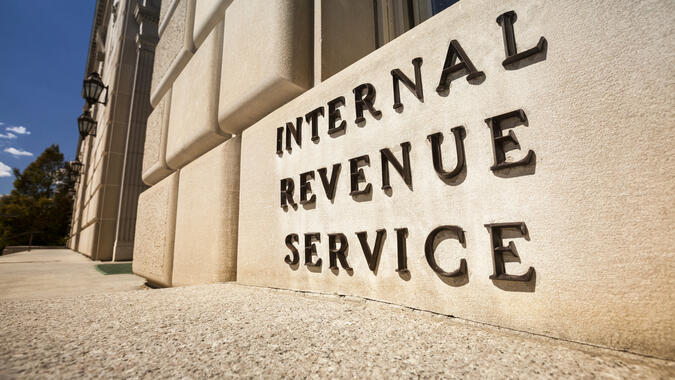
Required Minimum Distributions: An Update
- Published
- Jan 29, 2024
- Share
Required minimum distributions (“RMDs”) are amounts that retirement plan and individual retirement account (“IRA”) account owners are required to withdraw each year. RMDs are taxable income and may be subject to penalties if not timely distributed. For individuals born before 1951, RMDs from IRAs and retirement plans should, for the most part, already have begun and are required for 2023.
Required Minimum Distribution – Application and Timing
Prior to 2023, RMDs had to start when the individual attained age 72, unless the individual was still working (see the discussion below “if you are still employed”). Beginning in 2023, the SECURE 2.0 Act changes the RMD age to 73 for taxpayers that are born after 1950.
Roth IRAs are not subject to RMDs until after the death of the original account owner. The beneficiaries of an inherited Roth IRA account are subject to the RMD rules. However, while designated Roth accounts in a 401(k) or 403(b) plan are subject to the RMD rules for 2023, they are no longer required from these accounts in later years.
RMDs from an IRA
You can meet your RMD requirement by taking a withdrawal from one or more of your traditional IRAs, or SEP, SIMPLE, and SARSEP IRAs. It is not necessary to take a withdrawal from each of your IRAs, but your total withdrawals must be at least equal to the total amount of the RMDs due from all your IRAs.
If you reached age 72 in 2022: The first RMD from your IRAs was due by April 1, 2023, based on your December 31, 2021, account balances. Your second RMD was due by December 31, 2023, based on your December 31, 2022, account balances.
If you reached age 72 in 2023: Your first RMD is for 2024, the year you reach age 73, and is due by April 1, 2025. However, if you if you take your first required distribution in 2025, you will also have to take your second required contribution not later than December 31, 2025.
If you reached age 73 in 2023: You were age 72 in 2022 and your first RMD for 2022 was due by April 1, 2023. Your second RMD was due by December 31, 2023, based on your December 31, 2022, account balances.
RMDs from a Qualified Retirement Plan
The RMD rules also apply to employer-sponsored retirement plans, including profit-sharing plans, 401(k) plans, 403(b) plans and 457(b) plans. To satisfy the RMD requirements in a retirement plan other than 403(b) plans, you must take RMDs separately from each of your retirement plans. Only 403(b) plans can be aggregated with other 403(b) plans for RMD purposes. If you reached age 72 in 2022, your first RMD for 2022 was due by April 1, 2023 (if you were still employed, see discussion below) based on your December 31, 2021, account balance. Your 2023 RMD is due by December 31, 2023, based on your December 31, 2022 account balance. If you reached age 72 in 2023, your first RMD is for 2024, the year you reach age 73, and is due by April 1, 2025.
If you are still employed by the employer that sponsors the plan, and do not own more than 5% of the employer, your plan may allow (but is not required to allow) you to delay taking RMDs from the retirement plan until you retire. IRS rules always require you to take RMDs beginning at age 72 (age 73 if you reach age 72 in 2023 or later) from traditional IRAs, SEP, SIMPLE, and SARSEP IRA plans, even if you are still employed.
Conclusion
The RMD rules are complex and confusing, so to avoid missing a required distribution being subject to excise taxes, check with your employer, IRA custodian, or tax advisor to confirm how these rules apply to you.
What's on Your Mind?
Start a conversation with Peter
Receive the latest business insights, analysis, and perspectives from EisnerAmper professionals.











